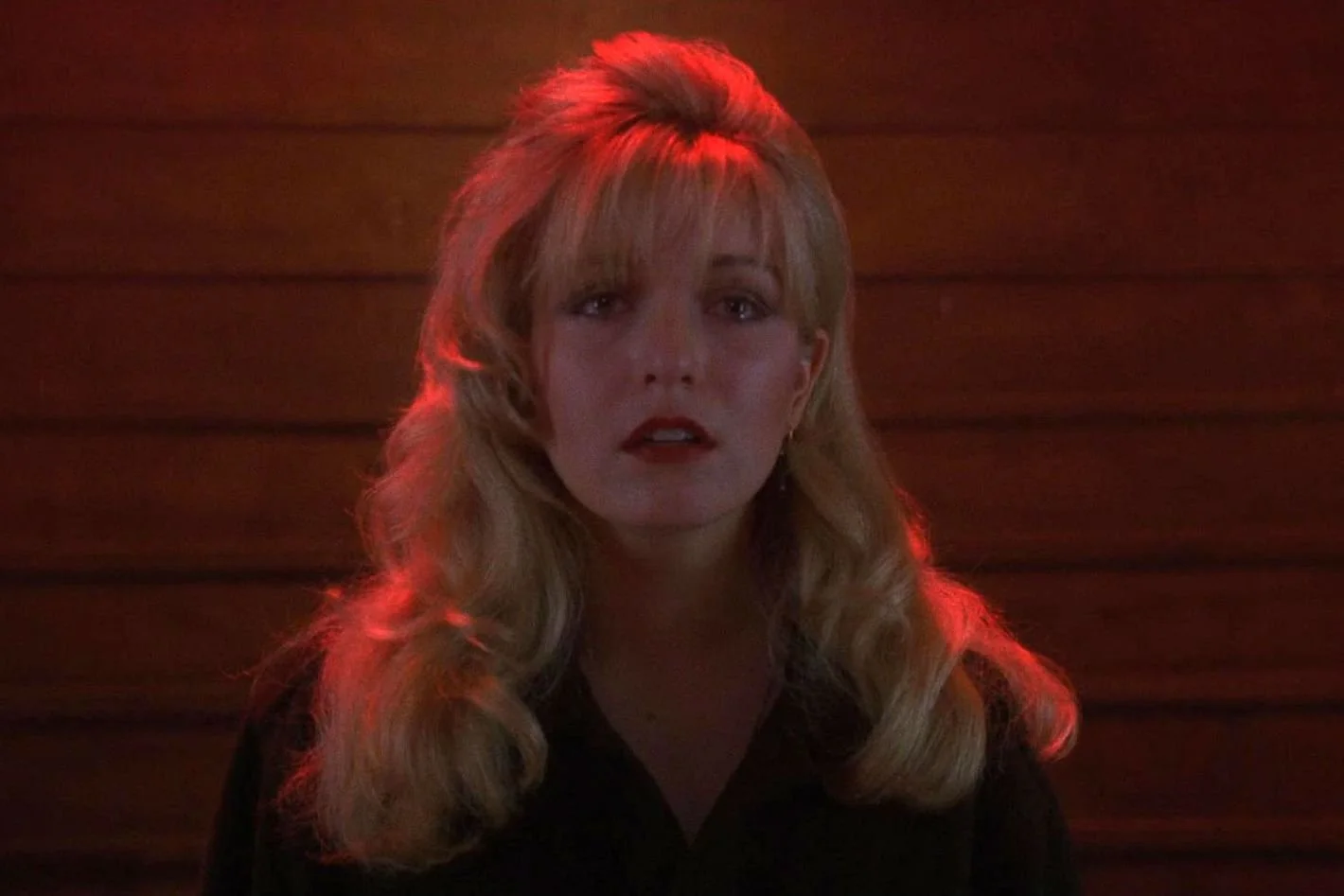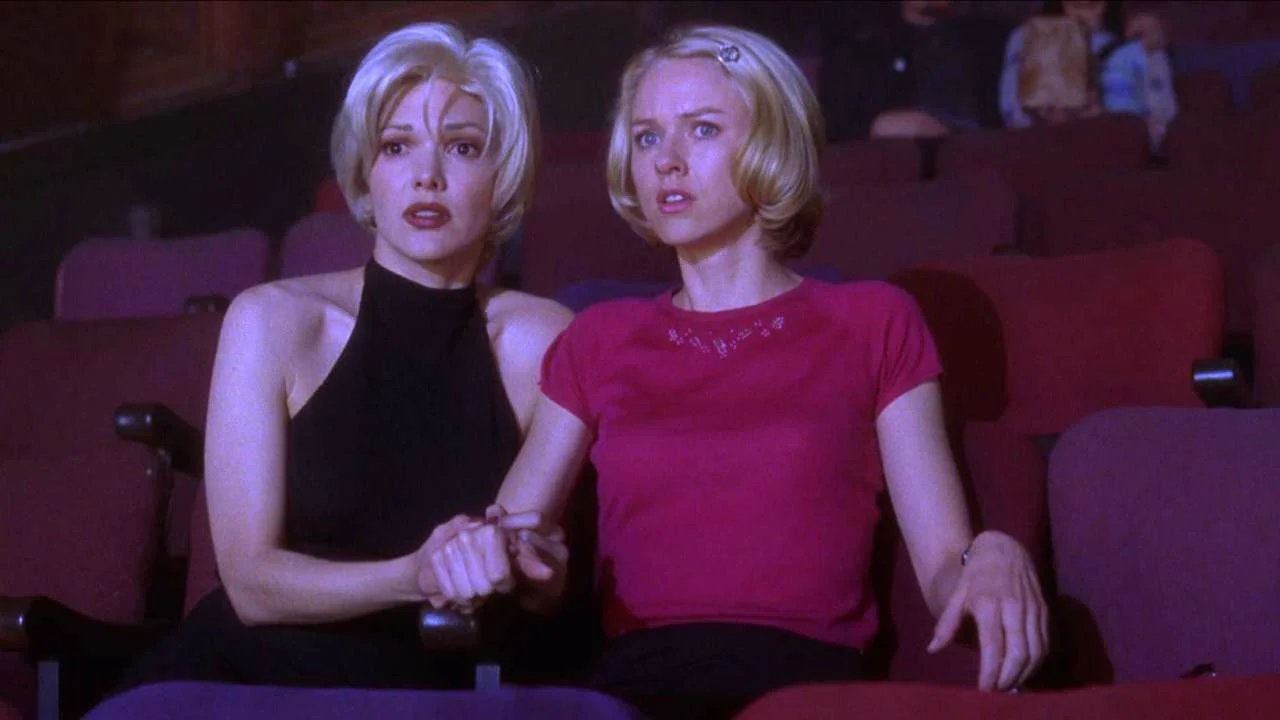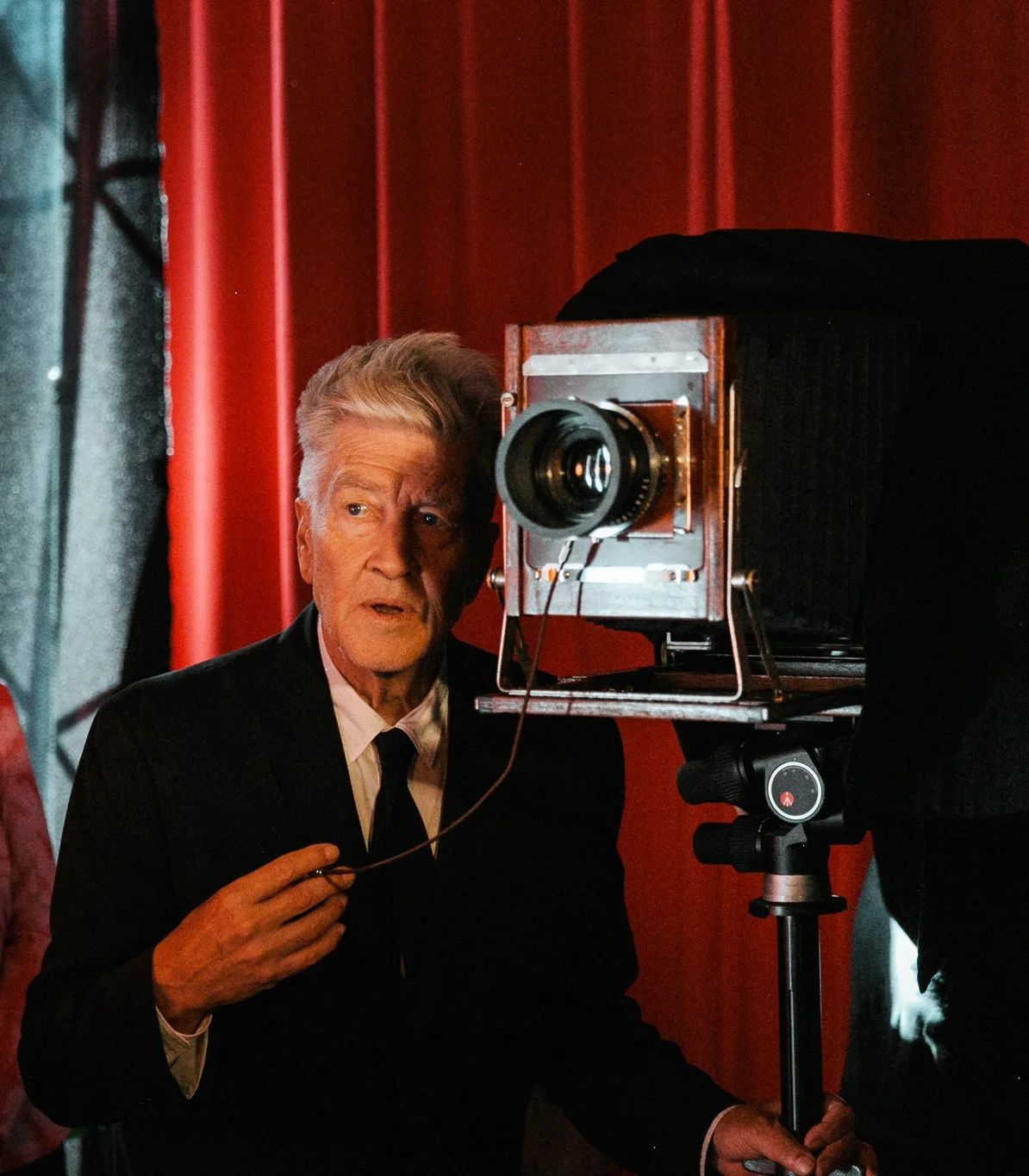In Praise of David Lynch
By Film and Tv Editor Mia Tobin Power
2023 was the year of old male directors making ambitious films that returned to some of their favourite themes from across their long careers: Martin Scorsese, Hayao Miyazaki, Ridley Scott. It made me think about my favourite old male director: David Lynch, who turned 78 this month. Even though he’s critically acclaimed and widely beloved, especially among cinephiles, I still feel like we cinema fans don’t fully appreciate Lynch, and how singular an artist he is. So, here’s my love letter to Lynch, a true visionary filmmaker.
Photo by Chris Pizzello
I usually don’t believe in the “auteur theory” in film criticism, which proposes that the director is the “author” of a film, and that a film is composed of their sole creative vision. Like film critic Pauline Kael proposed in her 1971 essay “Raising Kane”, I generally see films as a collaboration between many different artists, bearing all of their influences. However, Lynch is one of the few directors whom I feel the auteur theory applies to. All of his films have a similar essence; they feel like a David Lynch film. His work is characterised by its extensive world-building and attention to detail, its surrealism, its use of doubles (and thus, the uncanny), and its depiction of the dark side of suburbia. But I think Lynch’s two most important characteristics are his determination to challenge his audience and to subvert their expectations.
I think that Twin Peaks - the TV show that Lynch made with Mark Frost - is no less innovative today than it was when it premiered thirty years ago. Twin Peaks is arguably the key text in the “dead girl” cinematic canon, but what later users of that trope fail to realise is that Laura Palmer was not just a dead white girl. Even though she died before the show began, she had subjectivity. She spoke to the audience through her diary, and she appeared in protagonist Dale Cooper’s spiritual visions, helping him to solve her murder. The prequel film Twin Peaks: Fire Walk with Me is told largely from Laura’s perspective, giving her more agency than she had in the show. Lynch made the film because he cared deeply about Laura and “wanted to see her live, move and talk”, and he felt he had more of her story to tell. While inventing the “dead girl” trope, he subverts it. Even though we learn so much about Laura and get insights into her mind, she remains one of the biggest enigmas within a show composed of enigmas. She is almost too big for her own story; it can’t contain her and all her contradictions.
Photo from Twin Peaks: Fire Walk with Me
I think that Fire Walk with Me is one of Lynch’s best films, and I admire how he takes the show’s genre experimentation even further by making the prequel a horror film. The film’s shift in tone from the series grants Laura’s story the gravity it deserves. Ironically, despite the film’s development of the Twin Peaks mythology, the immersion in Laura’s point of view means that Fire Walk with Me is a more realistic version of the story told in the series; it dives deep into her experiences of abuse and trauma, and how they affect her. However, the film does play with horror film tropes by framing BOB as a classic horror film monster, including his use as a metaphor - in this case, for incest and domestic violence.
But before the film gets to Laura, it begins as a different kind of horror film - creepy rather than explicitly disturbing and upsetting. Lynch is a master of unsettling his audience by depriving them of context and other crucial information, and the Deer Meadow section of Fire Walk with Me is a great example. FBI Special Agent Chester Desmond visits the town to investigate the murder of Teresa Banks, which is essentially the dark double (another Lynchian trope) of Twin Peaks. The local police are obnoxious and unhelpful, while the residents are cold and unforthcoming, and all seem to know something Desmond doesn’t. While investigating Teresa’s murder, Desmond has several strange encounters, which culminate in the arrival of Dale to Deer Meadow to investigate Desmond’s disappearance. As Dale begins his search for Desmond, this section abruptly ends and the film switches to Laura’s perspective. We never receive closure on Desmond’s story; we are just left with the sense that something bad has happened to him as a result of his looking into Teresa’s murder. We enter Laura’s section with a feeling of dread, which only increases as the plot moves towards her murder.
Photo from Twin Peaks: Fire Walk with Me
Lynch is an expert at manufacturing a sense of foreboding in his audience, ensuring that they have a visceral reaction to what he shows them. Just look at the diner scene in Mulholland Drive, another perfect example of what Lynch is so successful at. This scene at first appears innocuous and ordinary, if somewhat unexpected. A character we haven’t met before is telling another new character about an alarming dream he has had. As the scene progresses, we feel his sense of dread as it becomes clear that the dream is occurring in real life. The character has said that the dream ended with him finding something horrifying outside behind the bins; as we travel with him outside, we know what he will find, but, like him, we hope it won’t come true. When he does eventually see this terrifying figure, it’s just as disturbing as the scene has built it up to be. Lynch might not deliver on our expectations the way we expect, but he does so often deliver.
Photo from Mulholland Drive
If I’m talking about Lynch subverting audience expectations, I have to mention Twin Peaks: The Return. I find the contemporary trend of reviving older TV shows quite cynical, because they’re usually mostly financially motivated, but The Return is the exception. I don’t care if it was financially motivated because the end product is so clearly a labour of love for Lynch and Frost. Each of the 18 “parts” are written by Lynch and Frost and directed by Lynch, with many of his usual creative collaborators also involved, and every single hour is so complex, challenging, and carefully crafted. In 2017, when The Return premiered, viewers were naturally excited to see their beloved pie-and-coffee enthusiast again. Instead, Lynch subverted their expectations once again. Kyle MacLachlan is indeed the star of the season, but not as Dale. For most of the 18 hours, he plays Dale’s doppelgangers, who are identical to him in appearance but couldn’t be more different from him. Dale himself only returns for “Part 17”, and then MacLachlan plays yet another doppelganger in “Part 18”. And that was far from Lynch’s only surprise for his audience. Viewers are often subjected to long scenes with seemingly no meaning, such as a five-minute continuous shot of a man sweeping the floor, or an extended monologue by a new character about his superpowers.
Photo from Twin Peaks: The Return
Your mileage may vary on Lynch’s attempts to challenge the audience throughout The Return, but many critics and viewers agreed on the success of arguably his biggest swing: “Part 8”, the black-and-white episode that travels back in time to the Trinity Test to explore BOB’s origins. “Part 8” is almost entirely removed from the usual programming of even The Return, but I think it shows why Lynch is one of the best filmmakers out there. It shouldn’t work - we’re in a completely different location and time period to usual, with very few of the characters we know, and Lynch quickly introduces even more obscure mythology to the universe. But it’s so captivating, from the ten-minute sequence that goes deep inside a nuclear explosion to the terrifying Woodsman who repeats a strange poem as he goes on a killing spree across the desert. Lynch completely upends our expectations, giving us an hour of television we never would expect to find within the Twin Peaks series, and proving that he knows better than we do.
Photo from The Red Room by Polaroid Originals
Throughout his filmography, Lynch gives us what we didn’t know we wanted or needed. There are no easy answers with him, which may seem unsatisfying at first. When I first watched the confusing ending to The Return, I was furious at its lack of explanation or closure for the characters and world I love. But the more I thought about it, I realised that it was genius, precisely because of its contradictions and lack of resolution. Lynch’s work lives and thrives in the grey areas and blurred boundaries. In the contemporary cinematic landscape, where the companies behind the biggest streaming services and franchises believe that viewers want bland stories without complex characters, plots, or moralities, Lynch is an anomaly. We’re lucky to have him.







